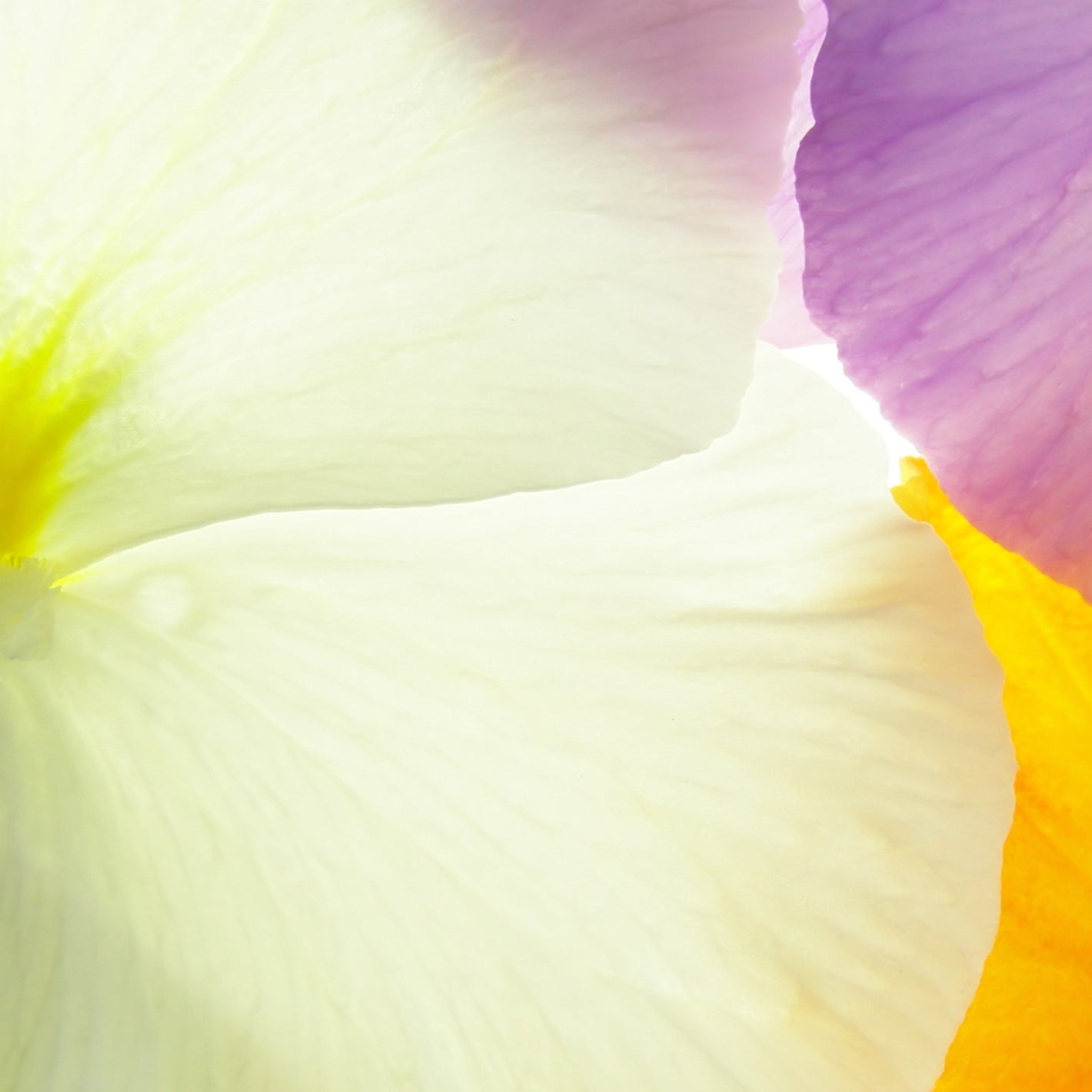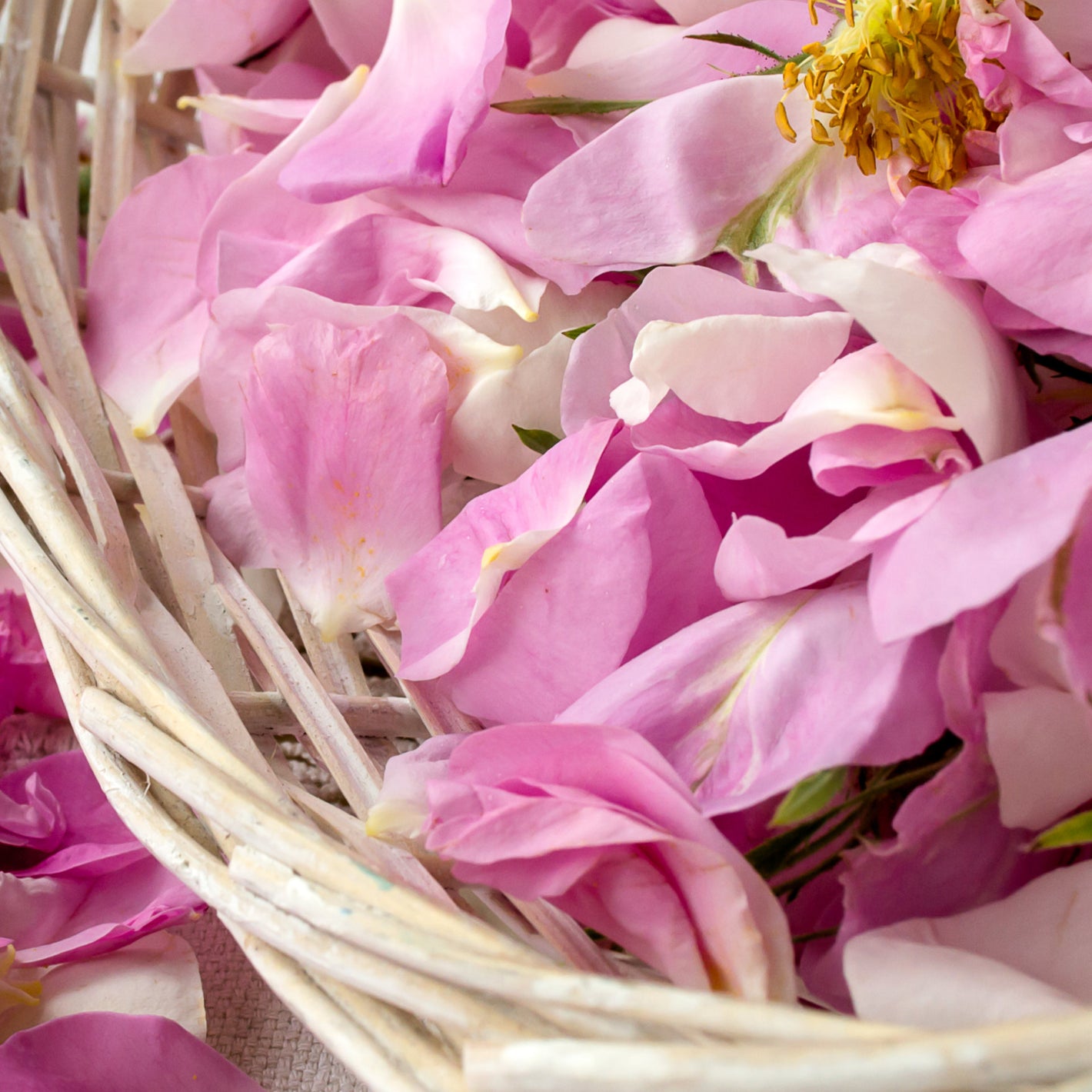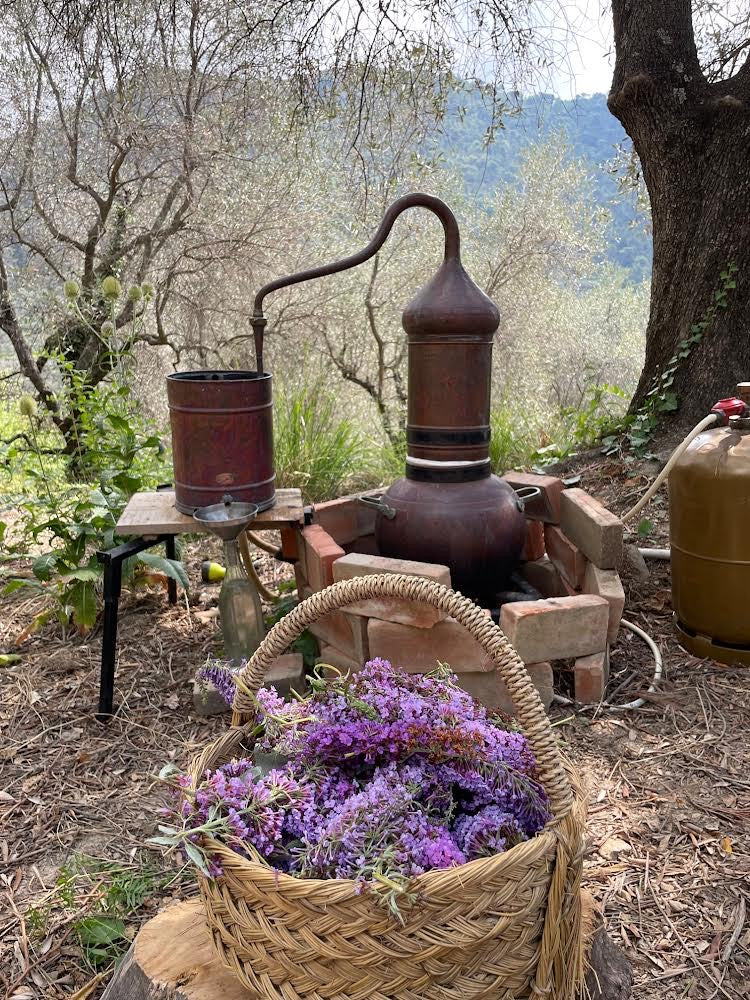Flower queen of Perfumery, its sweet and delicate notes have made it essential. Used for more than 5000 years for its relaxing and de-stressing properties, it is described as carrying the “scent of love”.
Active on the 4th chakra, that of the heart, it is ideal for balancing yin and yang.
It consists of about 250 Aromatic molecules 70% phenylethyl alcohol, 10% citronellol, geraniol...
-

SOOTHING
The Rose has a positive action at the psycho-emotional level, soothing it helps to overcome painful events
-

MIDDLE NOTE
The heart notes give the deep identity of the perfume. Mainly composed of floral notes, it is expressed between 15 minutes & 4 hours.
-

FLOWER
Very precious and expensive, it takes about 10 tons of Rose petals to make 1 kg of Rose Absolute.
Rose perfume is not only used in perfumery and cosmetics. Indeed, the rose scent also has many medicinal properties.
For example, Rose Damascena extracts have antibacterial, antioxidant and hepatoprotective actions.
Due to its astringent, regenerating and toning properties for the skin, rose water is widely used for facial care.
Rose oil has harmonizing and ahrodisiac virtues.
In olfactotherapy, it appears in particular in the composition of synergies related to heart problems.
The collection of rose flowers is done by hand, one by one. More precisely, we pick up the rose blossoms between 5 and 9 am, because this is when the concentration of perfume is at its maximum.

The extraction of the perfume of Rose
The extraction technique most used to obtain rose essential oils is hydrodistillation.
This technique consists of immersing the rose petals in a large volume of water heated to 100 degrees Celsius. The vapor which is emitted by the boiling of the mixture, condenses after cooling in a coil. Rose water topped with essential oil is obtained through decantation. It is necessary to heat the water for 30 minutes and to distill the flowers for 1h30. For an optimal result, it is necessary to proceed in two steps. First of all, a first layer of “direct” oil (representing approximately 20% of the final volume of oil) is formed by decantation on the first rose water. Then, part of this first rose water is distilled again for 1 hour. Thus, after decantation, we obtain a second rose water surmounted by a layer of “water oil”.
It is necessary to expose the oil to direct sunlight for several days. Indeed, this allows to eliminate the impurities and to decant the water.
The next step is to filter the oil from water and then mix the two oils. In this way, we simultaneously obtain the essential oil and the rose waters which are mixed together.
To produce 1 kg of rose essential oil, it is necessary to distil up to 5 tons of roses, i.e. 200 million petals. As a result, the price of rose essential oil can go up to 7000 euros/kg.
From the third year of planting, a field of R. x damascena yields about 1.5 tons of flowers per hectare. From the following years, and for about thirty years, one can obtain up to 5 tons of rose flowers per hectare.
The collection of rose flowers is done by hand, one by one. More precisely, we pick up the rose blossoms between 5 and 9 am, because this is when the concentration of perfume is at its maximum. Because of this, the flowers must be quickly distilled.
The second most common extraction technique is solvent extraction. This technique involves washing the flowers three times with a solvent. At the end of the extraction, the solvent is removed by evaporation under vacuum. This technique lasts 5 hours and makes it possible to obtain the concrete of rose, a semi-solid product and concentrated in perfumes, pigments and waxes. Thus, it is necessary to treat this concrete with lukewarm alcohol so that the pigments and waxes are eliminated. The alcohol is cooled between 0 and 10° then filtered. Evaporated under vacuum, the alcohol makes it possible to obtain a product highly concentrated in fragrant molecules (rose absolute). It takes about 400 kg of roses to obtain 1 kg of concrete and 1/2 kg of absolute.
To date, these two techniques coexist. Indeed, they make it possible to obtain products with different characteristics.
The culture that makes the rose perfume
Since Antiquity, the rose has been used for its perfume. Before distillation appeared, perfumed oils were obtained from enfleurage and maceration processes. The fall of Rome in the 5th century led to the decline of the use of rose perfume in Western Europe. However, the Crusaders revived its use in Europe. It was at the end of the 16th century that the distillation of rose flowers began to produce rose essential oil. To date, the world production of essential oil and rose concrete estimated at around 15 tons. Bulgaria and Turkey are the two main producers (with 80% market share).
Damask rose (Rosa x damascena Mill.) is the species most commonly used to produce fragrant essential oil. The rose flower has about 30 petals. It is a very fragrant flower.
The rose appeared in the Middle East. More specifically, cultivation and extraction techniques were imported from Anatolia in the 16th century.
At the end of the 17th century, essential oil production was established in the Kazanlik region of Bulgaria. It is for this reason that the cultivar, at the origin of the best rose essential oils, bears the name of R. x damascena 'Kazanlik'. The plain which shelters this cultivar bears the name of “Valée des Roses”.





